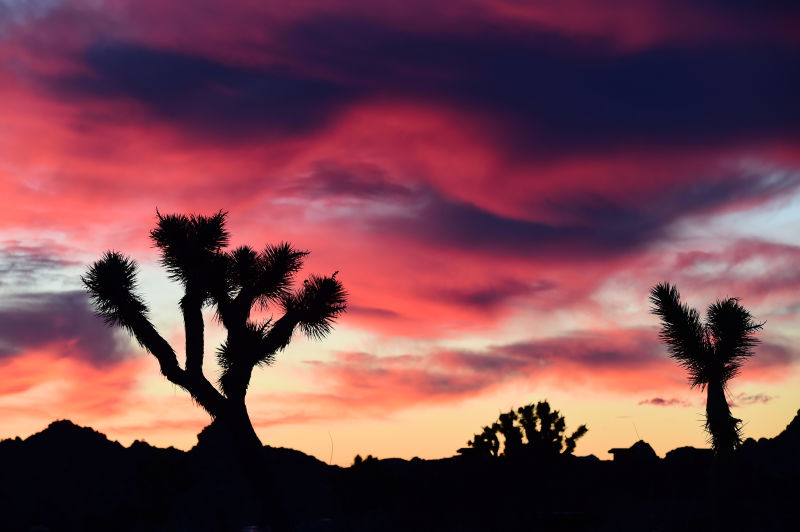Here are the morning’s top stories for Wednesday, April 9th, 2025:
- California is aiming to make the entirety of its electricity production zero-carbon by 2045. One of the key areas that state leaders are looking to help the state reach its clean energy goals is the Mojave Desert. Since 2014, the desert has been home to one of the largest solar power plants in North America. However, California’s zero-carbon efforts in the Mojave are coming at the expense of a celebrated natural icon: the Joshua Tree.
- President Trump’s tariff war may take a big chunk out of California’s budget. Since the tariffs went into effect last week, the stock market has plummeted for days on end; that means a drop in revenue for some of the state’s wealthiest residents, which could put a hole in California’s budget down the line.
- A new bill circulating through the California state legislature may tip the balance in favor of rideshare drivers, when it comes to bargaining for better working conditions. AB-1340 would make it legal for those driving for rideshare giants like Lyft and Uber to form a union, in order to negotiate with their employers.
Residents of Desert Town Ask if Trees Need to Die for Solar Power
The Mojave Desert gets a more than 3,200 hours of sunshine on average per year, making it a prime spot for producing solar energy.
That was the thinking from state regulators, when they approved the new 2,300-acre Aratina Solar Project, which is now being built near the town of Boron in Kern County. However, locals and environmentalists worry that this new project is will disrupt nearby communities, and put the native Joshua Trees at further risk. Thousands of the trees, which are a long-celebrated symbol of the Mojave, are targeted for clearing out to accommodate the solar project.
Aranita is meant to funnel power away from the desert to utilities in more affluent, coastal areas.
